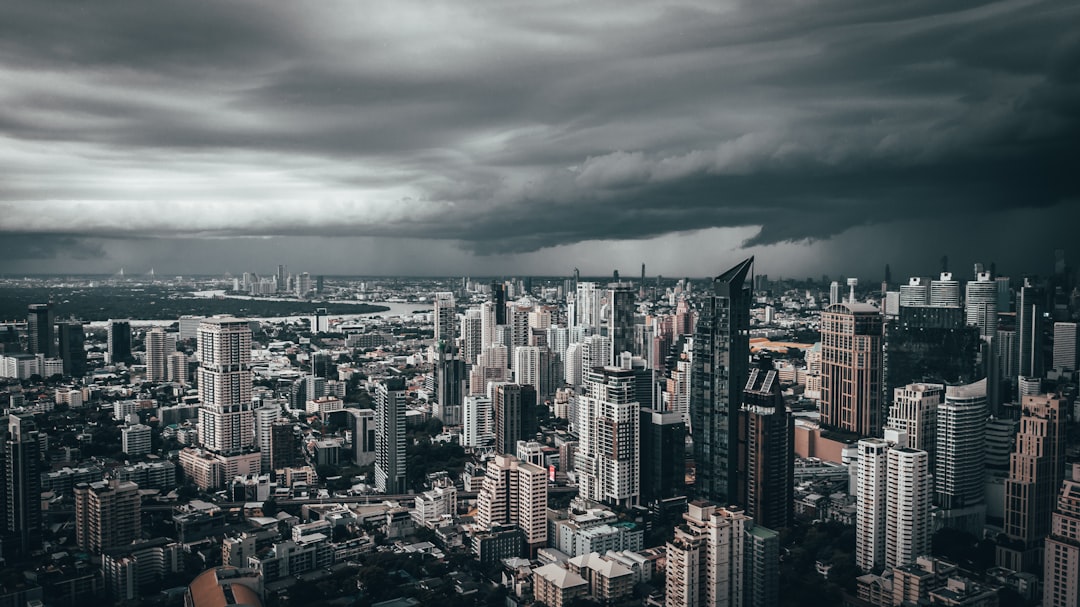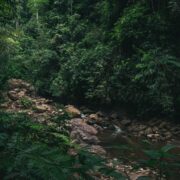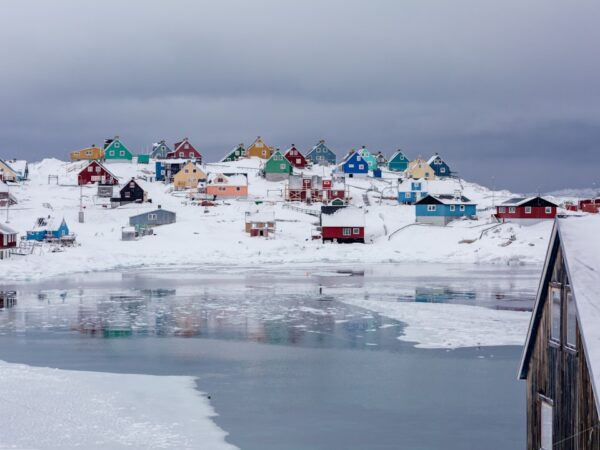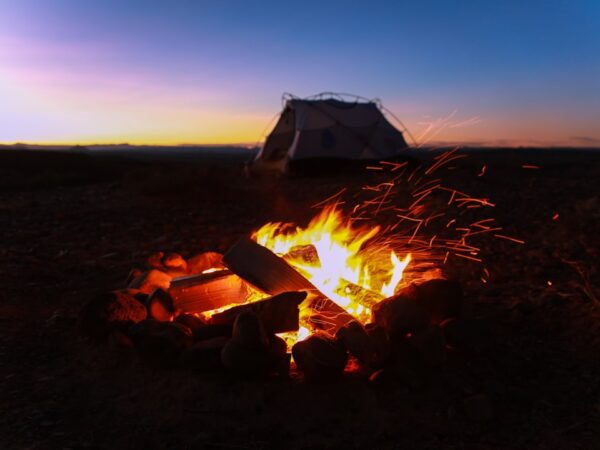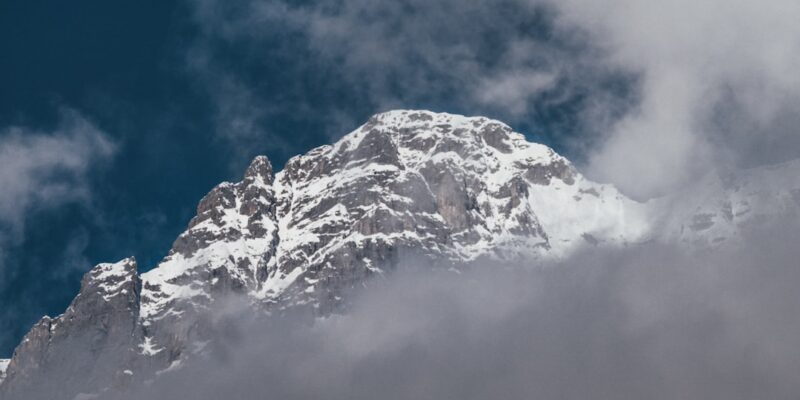
Exploring the Thrills of Ski Mountaineering in the Alps
Ski mountaineering, also known as ski touring or backcountry skiing, is a thrilling outdoor activity that combines the excitement of skiing with the challenges of mountaineering. It involves traveling through mountainous terrain on skis, often in remote and untouched areas, and requires a combination of skiing skills, mountaineering techniques, and navigation abilities.
The thrill of ski mountaineering lies in the unique experience it offers. Unlike traditional downhill skiing, ski mountaineering allows adventurers to explore untouched landscapes and experience the solitude and tranquility of the mountains. It provides an opportunity to escape the crowded ski resorts and venture into the wilderness, where one can truly connect with nature and challenge themselves both physically and mentally.
Key Takeaways
- Ski mountaineering is a thrilling adventure sport that combines skiing and mountaineering.
- The Alps offer some of the best ski mountaineering routes in the world.
- Essential gear and training are necessary for a safe and successful ski mountaineering adventure.
- Safety should always be a top priority when navigating the risks and hazards of ski mountaineering in the Alps.
- Ski mountaineering in the Alps can be enjoyed by beginners and advanced skiers alike, and offers unique experiences in winter, spring, and even at night.
The Alps: A Haven for Ski Mountaineering Enthusiasts
The Alps, with their majestic peaks and vast mountain ranges, are a haven for ski mountaineering enthusiasts. This region offers some of the best ski mountaineering opportunities in the world, attracting adventurers from all over the globe.
The Alps are home to numerous famous ski mountaineering routes that cater to all levels of experience. From gentle slopes for beginners to steep couloirs for advanced skiers, there is something for everyone in this mountainous playground. Some of the most renowned routes include the Haute Route, a classic traverse between Chamonix in France and Zermatt in Switzerland, and the Silvretta Traverse, which takes skiers through the stunning Silvretta mountain range in Austria.
Preparing for a Ski Mountaineering Adventure: Essential Gear and Training
Before embarking on a ski mountaineering adventure in the Alps, it is essential to have the right gear and undergo proper training. The following are some necessary items for ski mountaineering:
1. Skis: Lightweight skis with touring bindings are ideal for ski mountaineering. These skis allow for efficient uphill travel while still providing stability and control on descents.
2. Boots: Ski mountaineering boots should be lightweight, comfortable, and have a good range of motion for uphill travel. They should also have a sturdy sole for walking on rocky terrain.
3. Skins: Skins are adhesive strips that attach to the bottom of skis and provide traction for uphill travel. They are essential for ski mountaineering as they allow skiers to ascend slopes without sliding backward.
4. Avalanche Safety Gear: Avalanche safety gear, including a transceiver, shovel, and probe, is crucial for ski mountaineering in the Alps. These tools are used to locate and rescue individuals buried in an avalanche.
In terms of training, it is important to have a good level of fitness and skiing ability before attempting ski mountaineering. Regular cardiovascular exercise, such as running or cycling, can help improve endurance, while practicing skiing techniques on various terrains can enhance skiing skills. It is also recommended to take an avalanche safety course to learn about snowpack analysis, route planning, and rescue techniques.
Safety First: Navigating the Risks and Hazards of Ski Mountaineering in the Alps
| Metrics | Values |
|---|---|
| Number of accidents in the Alps | 1,200 |
| Number of fatalities in the Alps | 150 |
| Percentage of accidents caused by human error | 70% |
| Percentage of accidents caused by environmental factors | 30% |
| Number of accidents caused by avalanches | 500 |
| Number of accidents caused by falls | 400 |
| Number of accidents caused by equipment failure | 100 |
| Percentage of accidents involving experienced skiers | 60% |
| Percentage of accidents involving inexperienced skiers | 40% |
While ski mountaineering in the Alps can be an exhilarating experience, it is important to be aware of the risks and hazards associated with this activity. Some common risks include avalanches, crevasses, rockfall, and changing weather conditions.
To mitigate these risks, it is crucial to take safety precautions before and during a ski mountaineering trip. This includes checking weather forecasts and avalanche bulletins, carrying essential safety gear such as an avalanche transceiver, shovel, and probe, and traveling with a knowledgeable partner or guide who is familiar with the area.
It is also important to have good route-finding skills and be able to assess the stability of the snowpack. This can be done by conducting snowpack tests, such as digging snow pits and performing stability tests, to determine the likelihood of avalanches. Additionally, it is essential to have good navigation skills and be able to read a map and use a compass or GPS device to navigate through unfamiliar terrain.
Exploring the Best Ski Mountaineering Routes in the Alps: From Beginner to Advanced
The Alps offer a wide range of ski mountaineering routes that cater to all levels of experience. Whether you are a beginner looking for gentle slopes or an advanced skier seeking challenging couloirs, there is something for everyone in this mountainous region.
For beginners, the Bernese Oberland region in Switzerland offers several accessible ski mountaineering routes. The Jungfrau region, with its stunning views of the Eiger, Mönch, and Jungfrau peaks, provides gentle slopes and well-marked trails that are perfect for beginners. The Silvretta Traverse in Austria is also a great option for beginners, as it offers relatively easy terrain and comfortable mountain huts for overnight stays.
Intermediate skiers can explore routes such as the Haute Route, which traverses between Chamonix in France and Zermatt in Switzerland. This classic route offers a mix of challenging ascents and thrilling descents, with stunning views of iconic peaks such as Mont Blanc and the Matterhorn.
For advanced skiers, the Dolomites in Italy provide some of the most challenging ski mountaineering routes in the Alps. The Sella Ronda circuit is a popular choice for advanced skiers, offering steep descents and technical terrain. The Ortler Ski Tour in Italy is another advanced route that takes skiers through remote and rugged terrain, with breathtaking views of the Ortler massif.
The Joys of Ski Mountaineering in Winter: Powder, Views, and Solitude
One of the greatest joys of ski mountaineering in the Alps is the opportunity to experience the beauty of skiing in the winter. The Alps are known for their abundant snowfall, which creates perfect conditions for skiing. Ski mountaineers can enjoy carving through fresh powder, gliding down untouched slopes, and experiencing the thrill of untouched terrain.
In addition to the incredible skiing conditions, ski mountaineering in the winter also offers breathtaking views. From the snow-covered peaks to the vast valleys below, the scenery in the Alps is truly awe-inspiring. Ski mountaineers have the opportunity to witness stunning sunrises and sunsets, as well as panoramic views of snow-capped mountains stretching as far as the eye can see.
Another unique aspect of ski mountaineering in winter is the solitude it provides. Unlike crowded ski resorts, ski mountaineering allows adventurers to escape the crowds and immerse themselves in nature. The peacefulness and tranquility of skiing in solitude can be a truly transformative experience, allowing one to connect with themselves and their surroundings on a deeper level.
The Challenges of Ski Mountaineering in Spring: Corn Snow and Changing Conditions
While winter offers ideal conditions for ski mountaineering in the Alps, spring brings its own set of challenges. As temperatures rise, the snow undergoes a transformation known as “corn snow,” which can be both a blessing and a curse for ski mountaineers.
Corn snow is a type of snow that forms when the snowpack undergoes repeated freeze-thaw cycles. It has a granular texture and provides excellent skiing conditions, with good grip and stability. However, corn snow can also become unstable and prone to avalanches if not properly managed.
In addition to corn snow, spring also brings changing weather conditions. Warm temperatures can cause snow to melt and refreeze overnight, creating icy conditions in the morning. It is important for ski mountaineers to be aware of these changing conditions and adjust their plans accordingly. This may involve starting early in the morning to take advantage of firmer snow or avoiding steep slopes that are prone to avalanches.
To prepare for and navigate these challenges, it is important to have the right gear and skills. Skis with a wider waist and a rockered profile are ideal for spring skiing, as they provide better flotation in soft snow. It is also important to have good avalanche safety gear and be able to assess the stability of the snowpack. Additionally, staying up-to-date with weather forecasts and avalanche bulletins is crucial for making informed decisions in the mountains.
The Thrill of Ski Mountaineering at Night: Moonlit Descents and Starry Skies
Ski mountaineering at night adds an extra level of excitement and adventure to the experience. The Alps offer some incredible opportunities for night skiing, with moonlit descents and starry skies creating a magical atmosphere.
Skiing at night allows adventurers to experience the mountains in a whole new light, quite literally. The moonlight illuminates the slopes, creating a surreal and ethereal ambiance. Skiing under a full moon can be an exhilarating experience, as the bright light casts long shadows and highlights the contours of the terrain.
In addition to moonlit descents, skiing at night also provides an opportunity to witness the beauty of the night sky. Away from city lights and pollution, the Alps offer some of the clearest and darkest skies in Europe. Ski mountaineers can take a moment to pause and look up at the stars, marveling at their beauty and immensity.
While skiing at night can be an incredible experience, it is important to take precautions to ensure safety. This includes skiing with a partner or group, wearing reflective clothing or accessories, and carrying a headlamp or other sources of light for visibility.
Ski Mountaineering as a Social Experience: Group Tours, Hut-to-Hut Trips, and More
Ski mountaineering can be a social experience, with many opportunities for group tours, hut-to-hut trips, and other organized adventures. Skiing with a group can enhance the overall experience, providing camaraderie, safety, and the opportunity to learn from others.
Group tours are a popular option for ski mountaineering in the Alps. These tours are led by experienced guides who are familiar with the area and can provide valuable insights and knowledge. They often include accommodation in mountain huts or lodges, transportation to and from the starting point, and meals. Group tours are a great way to meet like-minded individuals and share the adventure with others.
Hut-to-hut trips are another popular option for ski mountaineering in the Alps. These trips involve skiing from one mountain hut to another, spending the night in each hut along the way. This allows skiers to explore different areas of the Alps and experience the unique charm of each hut. Hut-to-hut trips require some planning and logistics, but they offer a truly immersive and authentic ski mountaineering experience.
Why Ski Mountaineering in the Alps Should be on Every Adventurer’s Bucket List.
Ski mountaineering in the Alps is a thrilling and unforgettable adventure that should be on every adventurer’s bucket list. The combination of skiing and mountaineering provides a unique and exhilarating experience, allowing adventurers to explore untouched landscapes, challenge themselves physically and mentally, and connect with nature on a deeper level.
The Alps offer some of the best ski mountaineering opportunities in the world, with a wide range of routes that cater to all levels of experience. From gentle slopes for beginners to steep couloirs for advanced skiers, there is something for everyone in this mountainous region.
While ski mountaineering in the Alps comes with its risks and hazards, proper preparation, training, and safety precautions can mitigate these risks. It is important to have the right gear, undergo proper training, and be aware of the changing conditions and potential hazards.
Whether you choose to ski in the winter or spring, during the day or at night, alone or with a group, ski mountaineering in the Alps offers a truly unique and thrilling experience. The beauty of the mountains, the exhilaration of skiing untouched terrain, and the sense of accomplishment that comes with conquering challenging ascents and descents make ski mountaineering in the Alps an adventure like no other. So why wait? Start planning your ski mountaineering trip to the Alps today and embark on an unforgettable journey.
FAQs
What is ski mountaineering?
Ski mountaineering is a type of skiing that involves climbing up mountains using skis and skins, and then skiing down the mountain.
What are the Alps?
The Alps are a mountain range in Europe that stretches across eight countries: France, Switzerland, Italy, Austria, Germany, Liechtenstein, Slovenia, and Monaco.
What is ski mountaineering in the Alps?
Ski mountaineering in the Alps involves climbing up and skiing down mountains in the Alps using skis and skins. It is a popular activity for those who enjoy skiing and mountaineering.
What are the benefits of ski mountaineering in the Alps?
Ski mountaineering in the Alps offers a unique and challenging experience for those who enjoy skiing and mountaineering. It allows you to explore the mountains in a different way and experience the beauty of the Alps in a new and exciting way.
What equipment do I need for ski mountaineering in the Alps?
You will need skis, skins, boots, poles, a backpack, and appropriate clothing for ski mountaineering in the Alps. It is important to have the right equipment to ensure your safety and enjoyment.
What are some popular ski mountaineering routes in the Alps?
Some popular ski mountaineering routes in the Alps include the Haute Route, the Bernese Oberland Traverse, and the Silvretta Traverse. These routes offer a challenging and rewarding experience for those who enjoy ski mountaineering.
What are some safety tips for ski mountaineering in the Alps?
It is important to be prepared and knowledgeable about the risks and dangers of ski mountaineering in the Alps. Some safety tips include checking the weather and avalanche conditions, carrying appropriate safety equipment, and skiing with a partner or group. It is also important to have the necessary skills and experience for ski mountaineering in the Alps.


